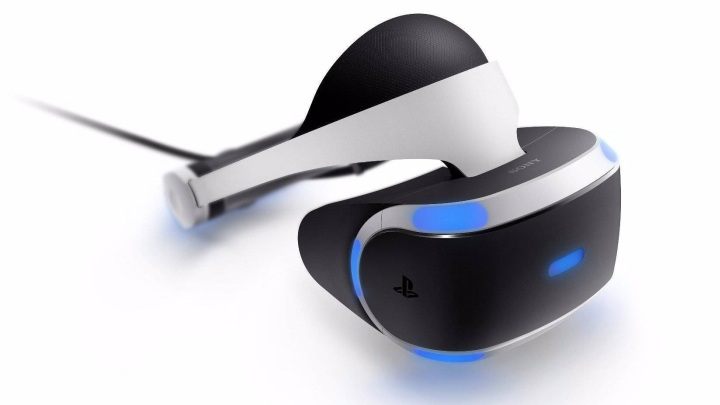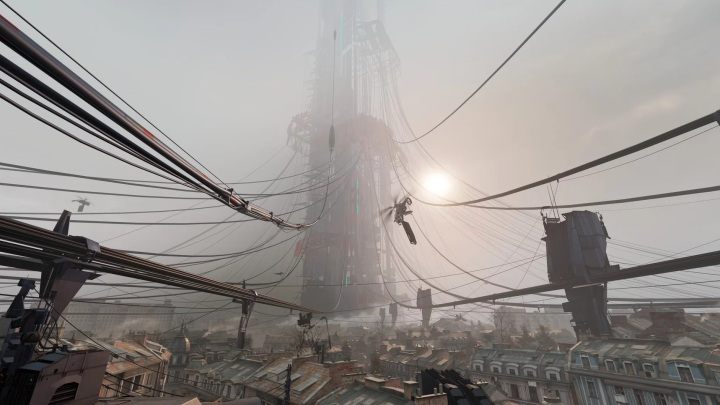VR 2.0. 2020 in video games industry - what future holds?
Table of Contents
When the fashion for virtual reality glasses begun, many gamers approached this trend with caution, keeping in mind how quickly the craze for similar technology ended last time, in the nineties. They complained about the lack of big games, problems with nausea, the high price.

And yet, despite numerous problems, VR has survived and paid off as something more than just a fad. Although the sales of the Oculus Rift or HTC Vive were not exciting, these accessories performed well enough for the technology to be well established in the market. Technically inferior, but clearly cheaper and reliably supported Sony PlayStation VR coped well, convincing several million players to the technology (exactly 4.2 million in March). Encouraging further development.
PlayStation 5 will be fully compatible with the PS VR, but according to a growing number of rumors, Sony is already working on the next generation of the technology. The PlayStation VR 2.0, backed by the power of the next-gen console can not only offer a much better virtual experience, but also be more convenient to use – as it might be wireless.

In parallel to Sony's plans, Valve also unexpectedly committed to VR. By announcing Half-Life Alyx, a high-budget spin-off of the iconic FPS series, the company gave a clear signal that it intends to take this technology seriously and that we will find more than just low-budget, simple games sufficient for an hour or two of fun. Thanks to a double offensive from both sides, in 2020, the virtual revolution will finally be able to realize.










